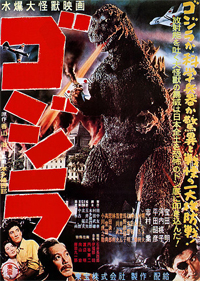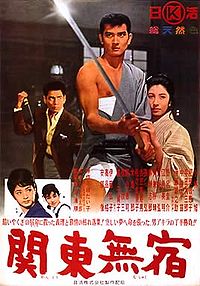
![]()
![]()
![]()
![]()
![]()
Directed by Michel Gondry.
Written by Evan Goldberg and Seth Rogen.
Starring Seth Rogen, Jay Chou, Christoph Waltz, and Cameron Diaz.
I’ve been defending The Green Hornet‘s potential for a long time. Hell, I was even quoted in a press release for some Hornet toys about how excited I was to see the movie — largely (okay, entirely) because of my faith in Michel Gondry. And now I’ve seen it.
On the up side, my faith in Gondry is left intact, and I don’t feel I need to eat my words: Hornet is, indeed, a fun, funny movie with a fair amount of the Michel Gondry visual insanity. Jay Chou (as Kato) handles himself well enough in the action scenes that I never missed Stephen Chow, and Gondry shoots the fights (and car chases) beautifully: fluidly, coherently, and stylishly.
The down side is that when Kato’s not gloriously whooping ass, the rest of the film is a thoroughly generic action comedy (albeit a funnier one than most). And there’s just not enough of that Gondry insanity. Most of my favorite shots are still those already seen in the trailers. There’s more cool shit to be seen in the movie, especially in one fantastic sequence late in the film, but I made the mistake of hoping for even more.
The plot of the film is a totally generic hero-versus-drug-crime-lord tale — the kind you’ve seen before a few too many times, and with not enough variations on that theme to be of much interest. The jokes worked into the story are very funny (if you like Rogen’s relatively gentle, self-deprecating style of humor, as I do), but perhaps not enough to redeem the movie on that basis alone. Such a lack of substance would be fine, though, if the style of the film is over the top — but we only got a few glimpses of that here.

Aw yeah, Kato's gonna whoop some ass.
Perhaps we’ll get there next time Gondry gets behind the camera for an action movie — and I certainly hope he does more, ideally with a script he can really sink his crazy teeth into. Hornet tasted like an appetizer. I’m usually good about not letting expectations (or hopes) get the better of me when seeing a movie, but that may have happened in this case: if I gave half stars, I’d say Hornet was a solid 3 1/2 star movie. I felt the same way about Megamind, but rounded up there because it had more up its spandex sleeves than I had expected. Here, Hornet had a bit less.
Since much of the negative hype surrounding this film has been about the 3D conversion, it bears mentioning that the conversion here is surprisingly decent — but it’s also flawed enough to recommend against seeing it in 3D. While the conversion isn’t embarrassingly bad, they had so much time to perfect the conversion (nearly a year!) that if this is the best conversions can get, I’d say it’s time to just stop trying to change live-action movies to 3D. Especially when complex objects overlap other complex objects — such as a tree slowly moving against grass in the background, the conversion produces a noisy, digital halo where the computers have to make up image behind the foreground object to simulate depth. This halo isn’t usually very noticeable — I was definitely looking for such artifacts — but when you do notice it, it can be a little distracting. In faster shots, though, it works much better; the flaws aren’t as easy to spot.
Even at its best, the conversion in Hornet is never as strong as any film shot in 3D — and it can’t hold a candle to the 3D found in CGI animated features like Tangled or How to Train Your Dragon. In those films, the 3D is gorgeous and truly immersive, truly adding to the experience of the films, and it’s almost certainly more effective because it’s exaggerated slightly, as the filmmakers have all the information they could possibly need in order to push objects and scenery as far out towards the viewer as they want: it’s already in the computer. With a conversion, the farther you want to push something out, the more the computer needs to make up, the more obvious that halo is — right when you need it to look its best, it’s at its worst.
The Green Hornet is rated PG-13. Skip the 3D version. See it in 2D, and keep your expectations low.


 Godzilla
Godzilla Underworld Beauty
Underworld Beauty